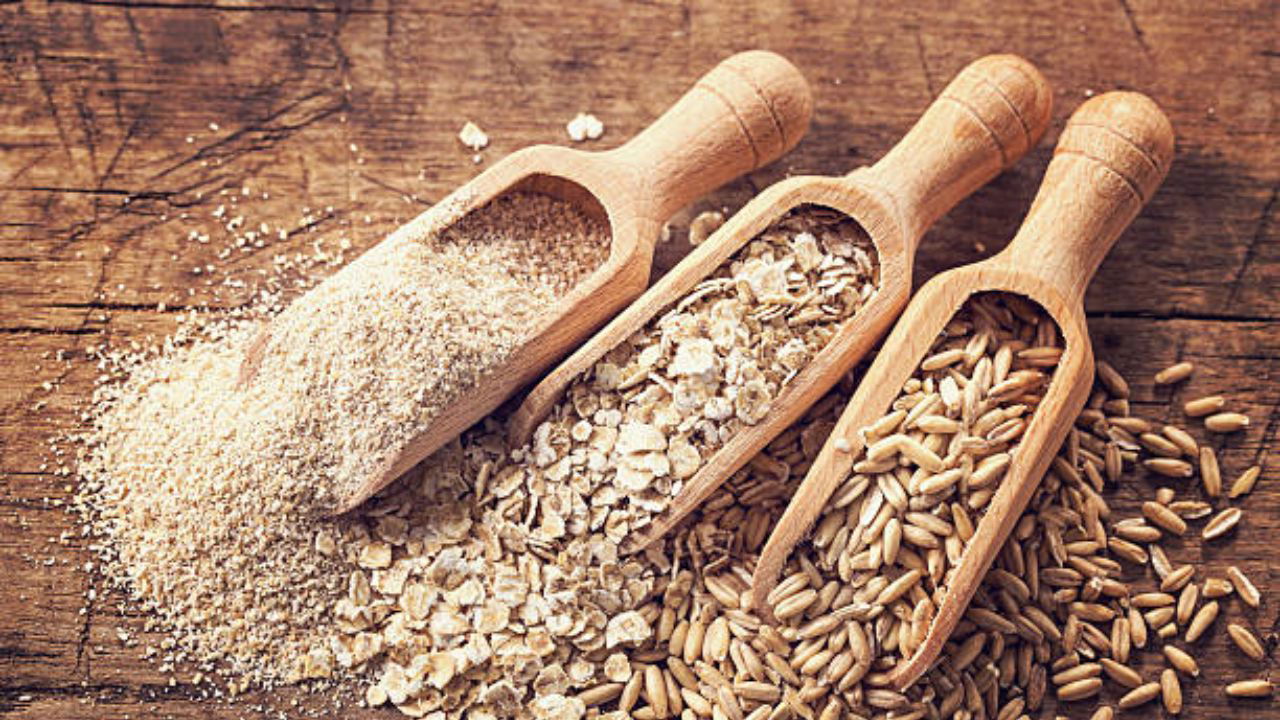
Whole grains have been a staple in human diets for thousands of years. It provides providing a rich source of essential nutrients that support overall health. Unlike refined grains, which lose their nutrient-rich bran and germ during processing, whole grains retain all three parts—the bran, germ, and endosperm—ensuring maximum nutritional value. Regular consumption of whole grains has been linked to a reduced risk of chronic conditions such as heart disease, diabetes, and certain cancers.
Common whole grains like wheat, rice, oats, barley, and millet have been part of diets for over 10,000 years, dating back to early agricultural civilizations. In recent years, their popularity has surged due to a growing awareness of their health benefits. Whole grains are packed with dietary fiber, protein, B vitamins, iron, zinc, magnesium, and powerful antioxidants like polyphenols. These nutrients work together to promote digestive health, boost immunity, and enhance cellular function.
An Overview of Health Benefits of Whole Grains
-
Heart & Digestive Health: Whole grains lower bad cholesterol and reduce the risk of heart diseases and their high fiber content aids in maintaining gut health and preventing constipation.
-
Weight Management & Chronic Disease Prevention: Whole grains enhance satiety, helping in weight control and eventually they reduce the risk of type 2 diabetes and some cancers.
-
Stable Energy Levels & Stronger Immunity: The slow-releasing carbohydrates provide long-lasting energy and Nutrients like selenium and zinc strengthen your body’s defenses.
Whole Grains and Their Unique Health Benefits
-
Oats: Oats are full of beta-glucans that help decrease cholesterol and promote the health of the heart.
-
Brown Rice: A gluten-free whole grain, it provides energy and essential minerals.
-
Quinoa: A complete protein source, it is ideal for vegetarians and vegans.
-
Barley: Its soluble fiber, beta-glucan, helps in maintaining blood sugar levels.
-
Teff: A key staple for over two-thirds of Ethiopians, is used to make injera, a spongy flatbread. Its name, derived from Amharic "teffa" meaning "lost," reflects its tiny size—1/150th of a wheat kernel. Known for its molasses-like flavor and versatility, it’s gaining global recognition for its nutrition and ease of cultivation.
-
Wheat: It dominates our diets due to its high gluten content, essential for making risen bread. Bread wheat is classified by protein content ("hard" for bread, "soft" for cakes), sowing season ("winter" or "spring"), and kernel color ("red" or "white"). Hard wheat, with higher protein and gluten levels, is ideal for bread, while soft wheat is used for low-protein cake flour.
This is how you consume it in your diet!!
Global production of whole grains has surged forward resulting from an increased demand for healthier food choices. Consumer trends are moving towards whole grain products, including bread, pasta, and snacks like air-popped popcorn and whole grain crackers as consumers are driven by health trends and dietary guidelines.
Experts advise at least three servings of whole grains daily. What is easier is incorporating whole grain alternatives, such as whole wheat bread, brown rice or quinoa base meal, and oatmeal, into daily meals.
Market Value: Whole Grains
The demand for whole grains is rising due to increasing consumer awareness about health. Global market trends highlight a surge in whole grain-based packaged foods, from cereals to energy bars. For farmers, growing whole grains ensures better economic returns as consumer preferences shift towards sustainable and nutritious options. Governments and industries are also promoting whole grain consumption through dietary guidelines and labeling.
Whole grains are very versatile and an integral part of healthy diets. The selection of whole grain products over processed ones can tremendously enhance the nutritional quality of the intake and minimize the danger of chronic diseases. Proper adoption of whole grains becomes not just a food choice but a commitment to a healthier life and future.
















